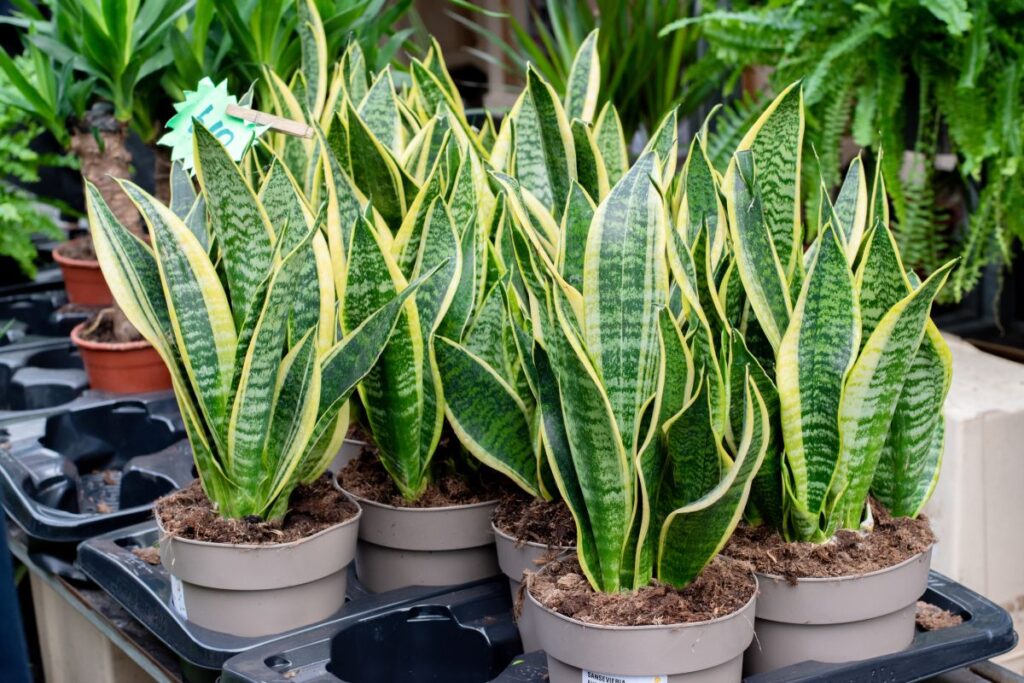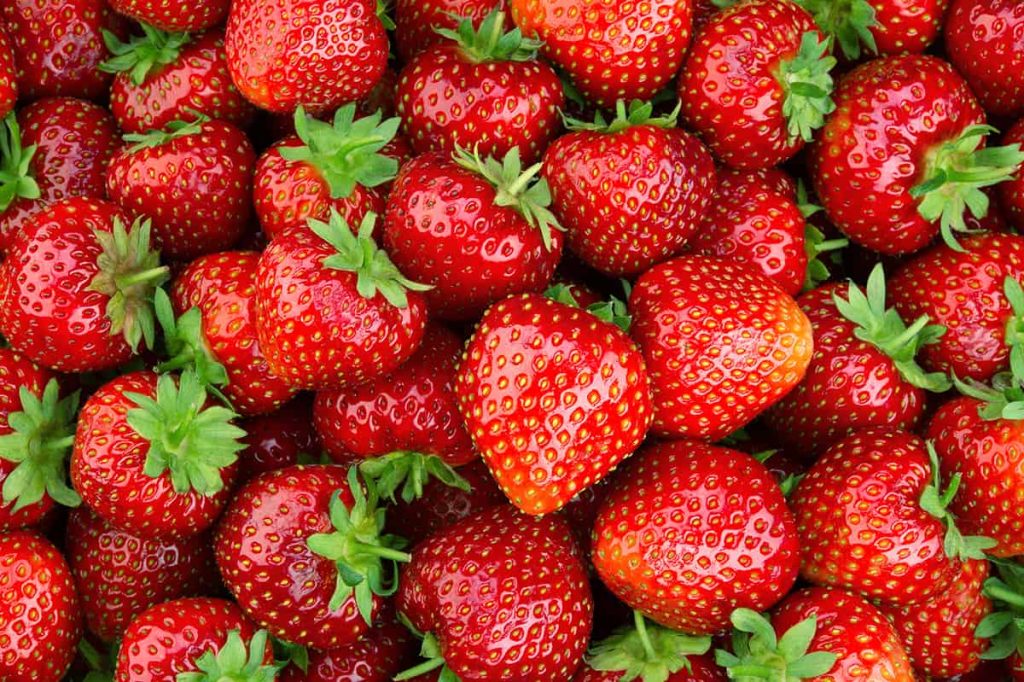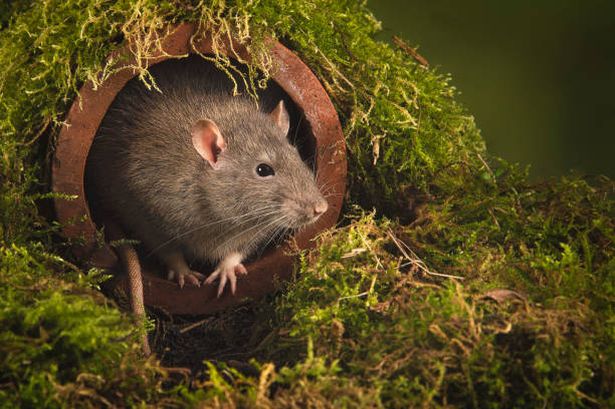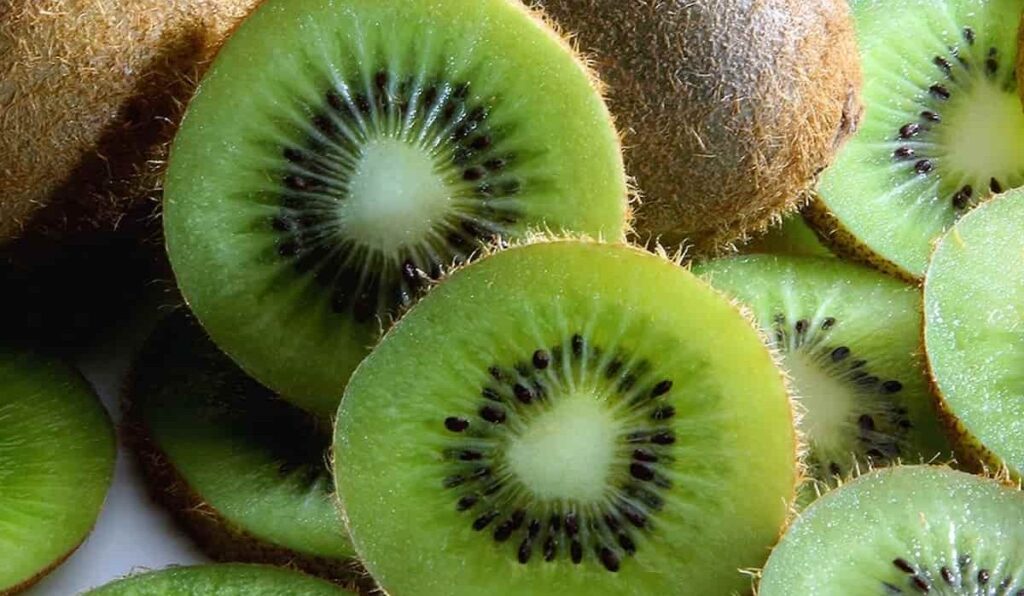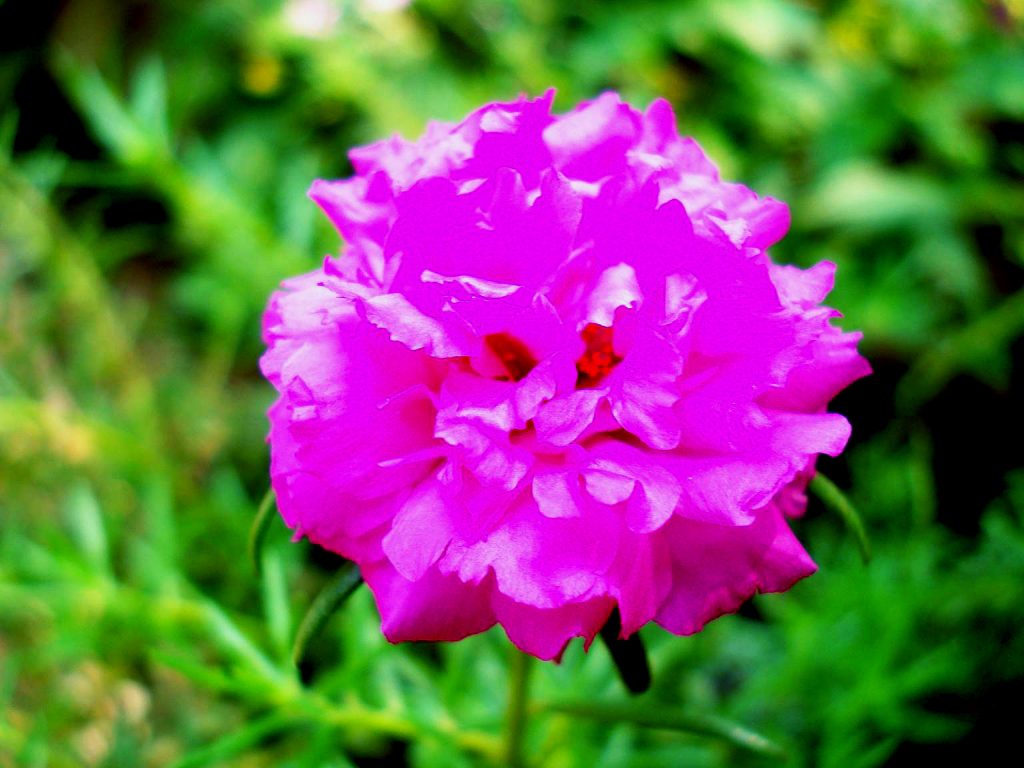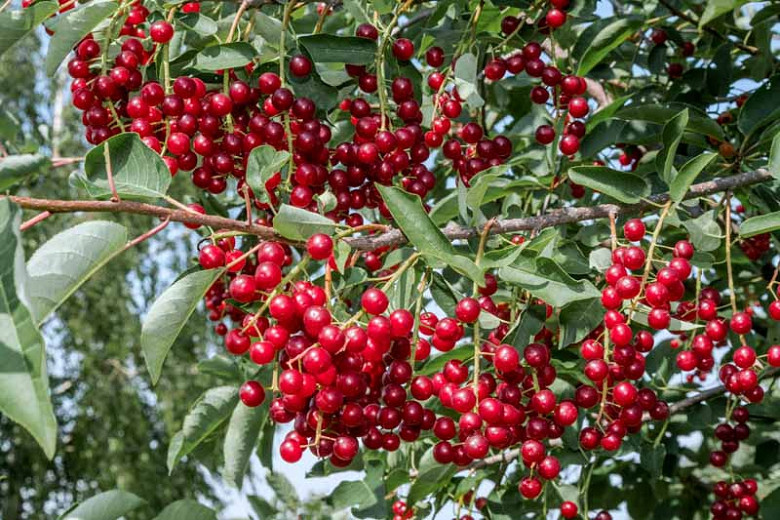Imagine enjoying tasty fruits from trees you’ve planted right in your backyard! You can make this a reality in Australia where many fruit trees flourish.
Fruit trees not only give you fresh fruits to eat, but they also make your garden look beautiful and green. You can choose from a lot of different fruit trees that are simple to grow and do really well in the Australian weather, no matter if your garden is a tiny one or you have lots of space.
Table of Contents
- Why You Should Grow Fruit Trees at Your House
- Choosing the Right Fruit Trees for Australia’s Climate
- Fruit Trees for Warm Places
- Fruit Trees for Cooler Places
- What Kind of Soil Do Fruit Trees Need?
- How Much Sun and Water Do Fruit Trees Need?
- 12 Fruit Trees That Are Easy to Plant in Your Australian Garden
- 1. Apple Trees
- 2. Citrus Trees
- 3. Stone Fruit Trees
- 4. Avocado Trees
- 5. Fig Trees
- 6. Banana Trees
- 7. Pawpaw Trees
- 8. Persimmon Trees
- 9. Olive Trees
- 10. Mulberry Trees
- 11. Feijoa Trees
- 12. Passionfruit Vines
- Planting and Taking Care of Fruit Trees
- 1. Planting Fruit Trees
- 2. Pruning and Shaping
- 3. Giving Food to Fruit Trees
- 4. Keeping Pests and Diseases Away
- Picking and Enjoying Your Own Fruits
- Last Words
- Question & Answer Section
- Can I grow fruit trees in pots?
- How long before fruit trees make fruits?
- Do fruit trees need other plants to make fruits?
- What kinds of bugs can bother fruit trees?
Why You Should Grow Fruit Trees at Your House
Planting fruit trees at home has lots of great points, and it’s not just about having your own fruits to eat. Here’s why it’s a wonderful idea to grow a fruit tree garden:
- Fresh and Organic Fruits: By planting your own fruit trees, you know exactly what goes on them. So you can eat fruits that are fresh, good for you, and without any bad chemicals.
- Save Money: Fruits can be expensive at the store. If you grow your own, you can save a lot of money on your food shopping in the long run.
- Taste Better: Fruit from your own garden tastes way better. Why? Because you pick them when they’re perfectly ripe and full of flavor, unlike store ones that are often picked early.
- Learn and Have Fun: It’s a great chance for both kids and grown-ups to understand how plants grow and why it’s important to grow food in a way that’s good for the planet.
- Help the Environment: Having your own fruit trees means less pollution, because the fruits don’t need to be shipped from far away to get to your house.
Choosing the Right Fruit Trees for Australia’s Climate
Australia has different types of weather, so it’s important to pick fruit trees that can grow well in your area. Knowing the weather in your place can help you choose the best fruit trees.
Fruit Trees for Warm Places
If you live in a hot place like Queensland or the Northern Territory, here are some fruit trees that love sunshine:
- Mango trees (Mangifera indica): Mangoes love the heat. They need lots of sunlight, soil that drains well, and some shelter from the wind.
- Banana trees (Musa): Bananas are perfect for warm and humid weather. You can plant them in big pots or straight in the ground.
- Pawpaw trees (Carica papaya): Pawpaws grow fast and give you tasty fruits. They like it hot, sunny, and they want soil that’s rich and drains well.
Fruit Trees for Cooler Places
If your home is in a cooler area like Victoria or Tasmania, these fruit trees might suit your garden better:
- Apple trees (Malus domestica): Apples are great for colder spots. They need to be cold during winter to make lots of fruit. There are types of apple trees that work well with your local weather.
- Citrus trees (Citrus spp.): Trees like oranges, lemons, and mandarins can also grow in cooler places. They need somewhere sunny, soil that drains well, and to be kept safe from frost.
- Stone fruit trees (Prunus): Fruits like cherries, peaches, and plums need cold winters to make fruit, but some types are made to grow in not-so-cold places too.
What Kind of Soil Do Fruit Trees Need?
Having the right soil is super important for your fruit trees to grow healthy. Most fruit trees like soil that drains well and can hold water. Sandy loam or soil with some clay and a pH that’s a little bit acidic or just neutral works best. You can test your soil to see its pH level and then make it better if you need to.
How Much Sun and Water Do Fruit Trees Need?
Fruit trees need lots of sunshine to help them make food and grow fruits. They do their best when they get at least six hours of direct sunlight every day. Some trees, like citrus, can be okay with a little bit of shade.
Watering is important too. During the growing season, make sure your fruit trees get enough water, but don’t water them too much or they might get root rot. Putting mulch around the base of the tree helps keep the soil moist and stop weeds from growing.
12 Fruit Trees That Are Easy to Plant in Your Australian Garden
When choosing fruit trees for your garden, think about the weather in your area, the space you have, and what kinds of fruits you like.
Here’s a list of twelve fruit trees that are simple to grow in Australian gardens:
1. Apple Trees
Apples are loved by many gardeners because they’re flexible and the fruits are yummy. Types like “Pink Lady,” “Granny Smith,” and “Gala” can be planted in cool and warm places.
2. Citrus Trees
Citrus trees, like oranges, lemons, and mandarins, fit well in Australian gardens. They provide fruit that’s full of vitamin C and aren’t too tricky to grow.
3. Stone Fruit Trees
Stone fruit trees such as cherries, peaches, and plums bring a sweet touch to your garden. Make sure to choose the right types for your climate and give them the cold winters they need to make fruits.
4. Avocado Trees
Avocado trees are more and more popular for gardeners wanting to grow their own. They need specific conditions, but with the right care, you’ll have your own delicious avocados to enjoy.
When you give fruit trees a frost-free climate and soil that drains well, they thank you by producing fruits that are both velvety and full of nutrients.
5. Fig Trees
Fig trees are very strong and can adapt to a lot of different climates. They grow fruits that are tasty to eat and have leaves that look good, adding beauty to your garden.
6. Banana Trees
Banana trees do best in places that are usually warm. You can plant them in big pots or outside in the garden. They have bunches of yummy bananas and make your garden feel like a tropical place.
7. Pawpaw Trees
Pawpaw trees grow quickly and produce a lot of fruit that tastes like it’s from the tropics. They like places that are warm, sunny, and have rich soil.
8. Persimmon Trees
Persimmon trees give you bright orange fruits and are also nice to look at. They can grow in different kinds of climates, but they need enough sun to make their fruits.
9. Olive Trees
Olive trees look nice and give you fresh olives to eat. They don’t need much water to grow and can live in lots of different climates in Australia.
10. Mulberry Trees
Mulberry trees are easy to take care of and they make sweet, tasty berries. They are good for growing in places that are either cool or warm.
11. Feijoa Trees
Feijoa trees are also called pineapple guavas. They grow fruits with a flavor that’s special and smell really nice. They like climates that are not too hot or too cold and soil that lets water through easily.
12. Passionfruit Vines
Passionfruit vines climb and need something to hold onto. They make fruits that smell good and taste yummy. These vines need a place that’s warm to grow well.
Planting and Taking Care of Fruit Trees
If you want your fruit trees to do well, it’s important to plant them right and take good care of them. Here are some things to remember:
1. Planting Fruit Trees
Find a good spot for your tree where it will get plenty of sun and the soil won’t hold water. Make a hole that’s bigger and deeper than the roots of the tree. Put the tree in the hole, fill it back in with soil, and give it lots of water. If the tree needs help to stand up, you can tie it to a stake. Put mulch around the bottom of the tree to help keep the soil moist.
2. Pruning and Shaping
Cutting off some branches helps shape your fruit trees, lets air flow better, and can make the fruits better too. Get rid of branches that are dead or broken and try to keep the middle open so sunlight gets through. When trees are young, help them grow strong by trimming them the right way.
3. Giving Food to Fruit Trees
Fruit trees grow better and make more fruits if you feed them regularly. Use a fertilizer that’s made for fruit trees and follow the instructions on how to use it. Give your trees this food when they are growing, but don’t let it touch the tree trunk.
4. Keeping Pests and Diseases Away
Check your trees often to see if there are bugs or diseases on them. Some common bugs on fruit trees are aphids, fruit flies, and caterpillars.
Use the right methods to keep these pests away, like organic sprays or good bugs that eat the bad ones. Keeping your trees clean and trimming them can also help stop diseases from happening.
Picking and Enjoying Your Own Fruits
The best part of growing fruit trees is when it’s time to pick the fruits. It’s important to wait until they are just right for picking so they taste the best.
Each kind of fruit has its own way to show it’s ready, like changing color or getting a bit soft. Be gentle when you pick them so they don’t get hurt, and then enjoy eating what you’ve grown yourself.
Last Words
Growing fruit trees in Australia can be really fun and give you a lot of nice fruits. If you choose the right trees, take good care of them, and wait a bit, you can turn your backyard into a place filled with fruit.
You won’t just have lots of fresh fruits to eat, but you’ll also have fun looking after the trees and watching them grow. Start planting fruit trees today and you’ll get lots of great things from nature.
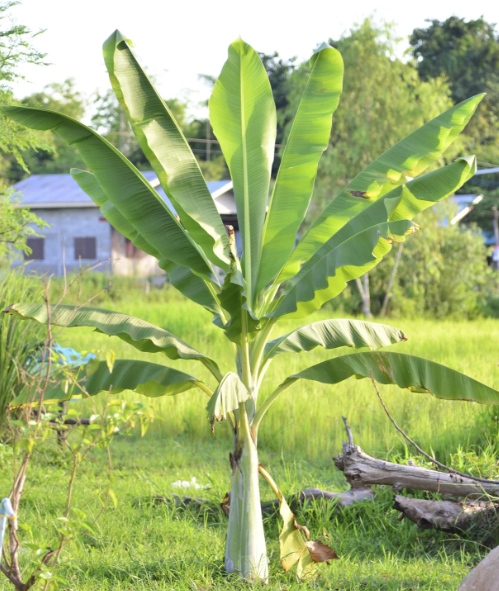
![How To Grow A Pear Tree From Seed [Step-By-Step Guide]](https://fruitonix.com/wp-content/uploads/2023/06/Screenshot-2023-06-07-1.36.07-AM.png)
